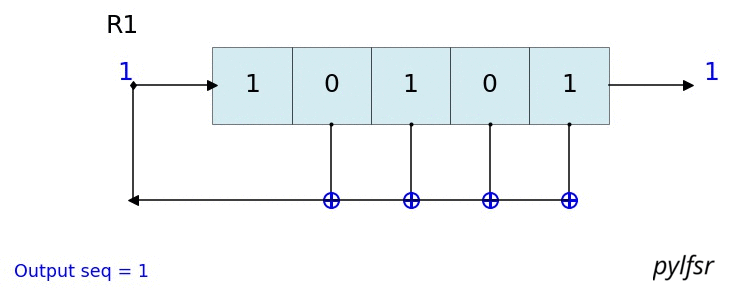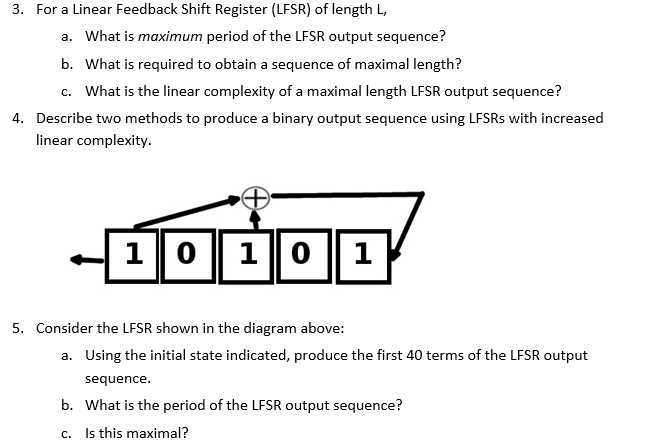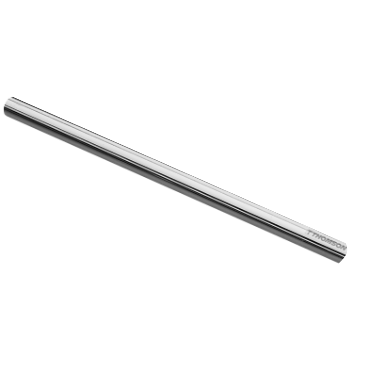

The list of 16-bit LFSRs has 2048 entries. This page contains lists of feedback constants that work with LFSRs of different lengths. (Note: There is no XOR gate feeding into bit 16 because there is no input from bit 17.) Other LFSRs: The quickest way of doing this is by calculating the XOR product of the 16-bit shift register with 0xB400, which has all of these bits set (1011010000000000 in binary). When this bit is zero, this has no effect, but when it is 1, all these bits are flipped. The least significant bit extracted from the end of the shift register is fed back by XOR-ing it with bits 16, 14, 13 and 11.


On the other hand, the DCT-based method offers lower capacity with increased visibility, but it is more robust.The Wikipedia article you got this from has an illustration that explains what the code is doing: The performance analysis demonstrates that the LSB-based method can conceal more data with less visibility, however, it is vulnerable to simple image manipulation. In contrast, the second method yields an average PSNR of 38.4092 with a payload capacity of up to 8%. The first method achieves an average PSNR of 43.5292 with a payload capacity of up to 16% of the cover image. The experimentation involves various 512x512 cover images. A pseudo-random binary key that is generated through a nonlinear combination of eight Linear Feedback Shift Registers (LFSRs) controls this randomness. These methods embed the data in a random location with a random amount, further enhancing the level of obfuscation. Unlike other available methods that embed data in sequential order with a fixed amount. These methods enhance obfuscation by utilizing two layers of randomness: random pixel embedding and random bit embedding within each pixel. The second method is the functioning in the frequency domain which hides the secret message within the LSBs of the middle-frequency band of the discrete cosine transform (DCT) coefficients. The first is operating in the spatial domain which utilizes the least significant bits (LSBs) to conceal a secret message. This paper presents two distinct methods. Steganography involves concealing information by embedding data within cover media and it can be categorized into two main domains: spatial and frequency. Information hiding, Embedding data, Image security, Spatial domain Frequency domain, LSB, DCT, Randomness, LFSR, Payload capacity Abstract Department of Mathematics, College of Science, University of Baghdad, Baghdad, Iraq


 0 kommentar(er)
0 kommentar(er)
